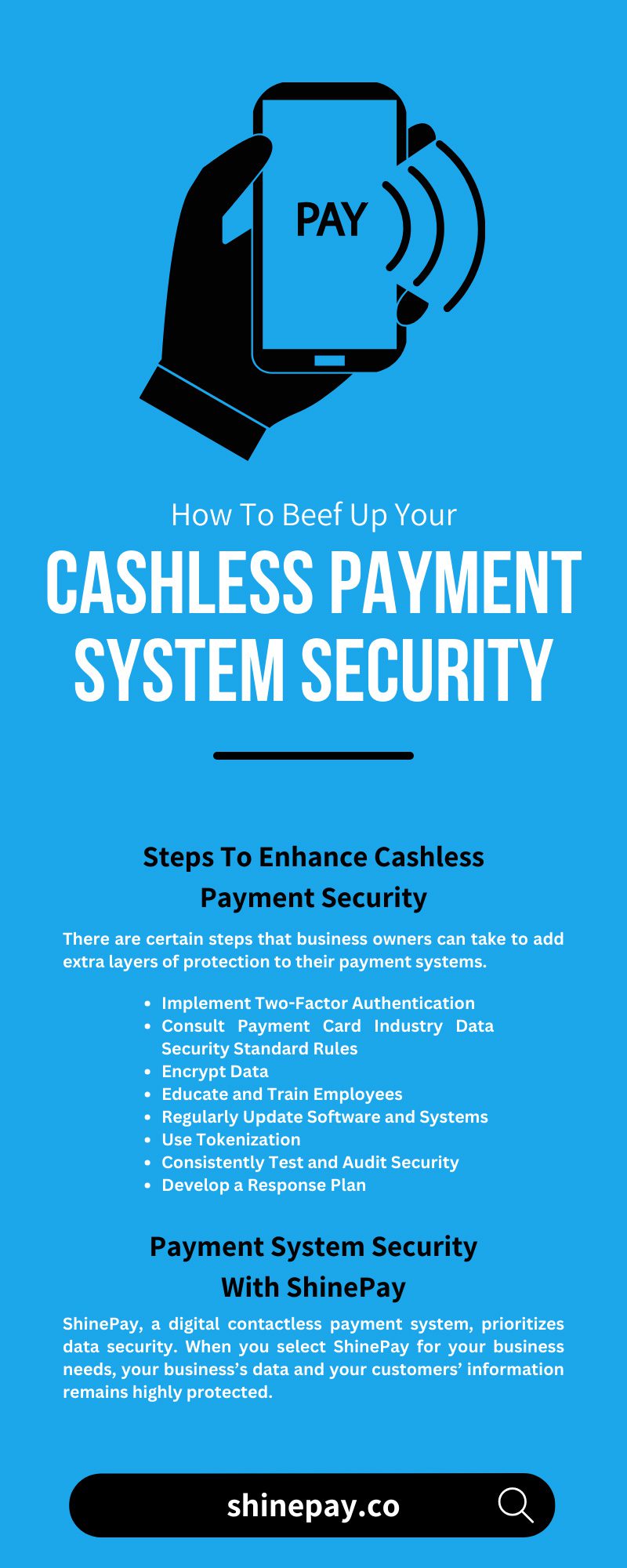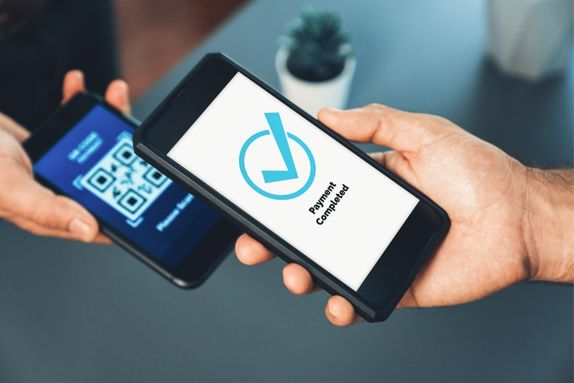Cashless payment systems have become the norm in an increasingly digital and contactless world. From mobile wallets to online transactions, the convenience of going cashless is undeniable. However, with this convenience comes the need for robust security measures to protect your transactions and data. As a business owner, you must learn how to beef up your cashless payment system security to ensure your money and personal information remain safe from cyberthreats.
The Importance of Cashless Payment Security
There has been exponential growth of cashless and contactless payments in recent years, thanks to technological advancements and changing preferences of consumers. As a result, these payment systems have become an attractive target for cybercriminals seeking to find and break through vulnerabilities. The consequences of a breach can be catastrophic, leading to financial losses, reputation damage, and legal repercussions.
Reasons To Update Your Cashless Payment System Security
There are several reasons to beef up the security measures of your digital payment systems, including:
- Financial security: Cashless transactions involve your customers’ hard-earned money, as well as the income of your business. A security breach can lead to unauthorized transactions and significant financial losses for all parties involved.
- Data privacy: Your payment systems often store personal and financial information, which can be used for identity theft and other malicious activities if compromised.
- Business reputation: A security breach can ruin the trust and loyalty of your customers, leading to a loss of business and a damaged brand image.
- Legal and regulatory compliance: Many regions have strict regulations regarding data security and privacy. Non-compliance with these rules can result in large fines or other implications.
Risks of Digital Payments
There are several risks associated with the use of digital payments. Consider how the following risks can affect your business.
Phishing
One of the most common methods of data theft, phishing, is an effective form of hacking often used by cybercriminals. Watch for seemingly normal communications—typically emails or phone calls—that claim to be a bank or lending institution. As a business owner, you should never give out sensitive or personal information of customers or employees, but be especially wary when you receive an urgent request from a suspicious source.
Malware
Malicious software, or malware, exists in apps, files, or attachments that can infect a device. Once the malware finds its way into a computer or cell phone, hackers have access to all the device’s stored information and can expose that data to others. Since more businesses are using mobile payment systems, cybercriminals can easily access those systems by introducing malware.
Third-Party Risks
Today, many companies and businesses use third parties to handle critical transactions in order to increase efficiency and reduce costs. However, creating additional layers within your business may create a greater risk if companies fail to certify the relationships with third-party partners properly. Some examples of third parties that companies use include payment processors, gateway providers, and point-of-sale (POS) system vendors. If any of these fail, data shared across the board could become vulnerable.
Steps To Enhance Cashless Payment Security
The increase of using digital and contactless payment systems for various transactions makes it critical for companies to secure customer data. There are certain steps that business owners can take to add extra layers of protection to their payment systems.
Implement Two-Factor Authentication
Two-factor or multi-factor authentication gives customers peace of mind by requiring users to provide multiple factors of identity verification before gaining access to their accounts. While every consumer knows that this can be a hassle, it is essential for the safety of information. For example, inputting a code that is texted or emailed to a customer can allow them to complete their transaction securely.
Consult Payment Card Industry Data Security Standard Rules
The Payment Card Industry Data Security Standard (PCI DSS) provides companies with 12 components to implement in order to be compliant. These include maintaining a strong firewall, encrypting data transmission, assigning employee ID numbers, and performing regular system testing.
Encrypt Data
A PCI DSS compliance rule, encrypting data, is essential for protecting systems from unauthorized access. You can implement end-to-end encryption for transactions and sensitive information that your systems store. This ensures that even if a hacker gains access to your data, it is unreadable without an encryption key.
Educate and Train Employees
Your employees play a crucial role in the security and protection of consumer data. Train them on best practices for online security, phishing awareness, and recognizing potential threats. It’s best to encourage them to use strong, unique passwords and discourage sharing login credentials. This can help with the safety of both customers and employees alike.
Regularly Update Software and Systems
Outdated software and systems are most susceptible to cybercriminals. Ensure all of your payment system software, applications, and hardware are up to date with the latest technology. Hackers often exploit vulnerabilities and outdated systems, as they are the weakest links in security.
Use Tokenization
Tokenization, which is when a unique token replaces a piece of sensitive data, is an effective way to protect consumers. This method makes it difficult for hackers to access real data even if they breach your system. As a business owner, consider using tokenization for all stored and transmitted payment data.
Consistently Test and Audit Security
Consistent audits and penetration testing can help you identify vulnerabilities in your payment system before hackers and cybercriminals can find them. Hire a reputable cybersecurity firm to perform these tests and promptly address any discovered weaknesses.
Develop a Response Plan
Despite your best efforts, security breaches can still occur, leaving you and your customers vulnerable. Having a well-defined incident response plan in place will help you minimize damage and recover more quickly. This plan should outline the steps to take in case of a security breach, including notifying affected parties and authorities. Being open and honest about the incident will help you redeem any damage to your reputation.
Payment System Security With ShinePay
ShinePay, a digital contactless payment system, prioritizes data security. When you select ShinePay for your business needs, your business’s data and your customers’ information remains highly protected. Aside from strict compliance with PCI DSS, ShinePay encrypts card numbers on disks with AES-256 and stores encryption keys on separate machines. This ensures the absolute safest transactions with ShinePay’s secure touchless payment system so you and your customers can feel more confident.
In an era where cashless payments are the norm, the security of your transactions is paramount. The consequences of a breach can be severe, affecting finances, data privacy, and business reputation. By following this guide on how to beef up your cashless payment system security, you can enjoy the convenience of cashless payments without compromising safety and protection.

